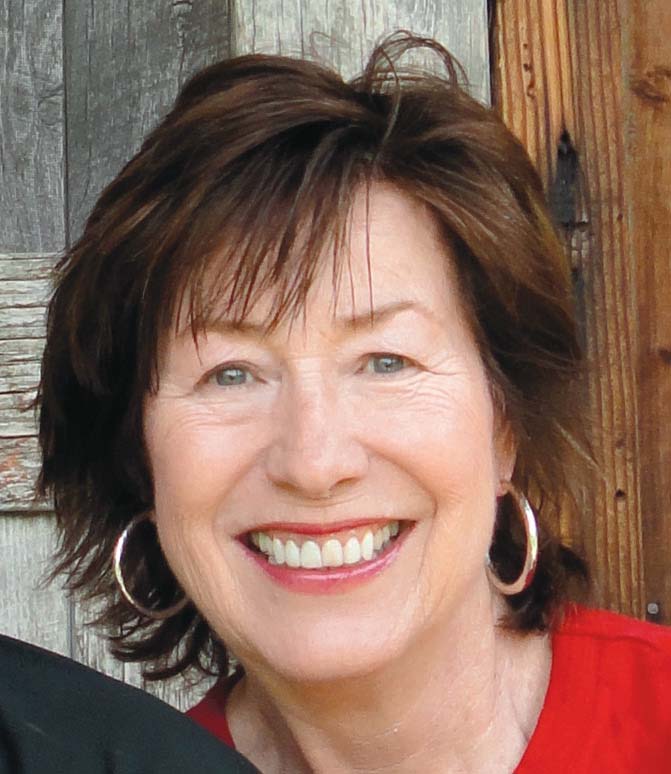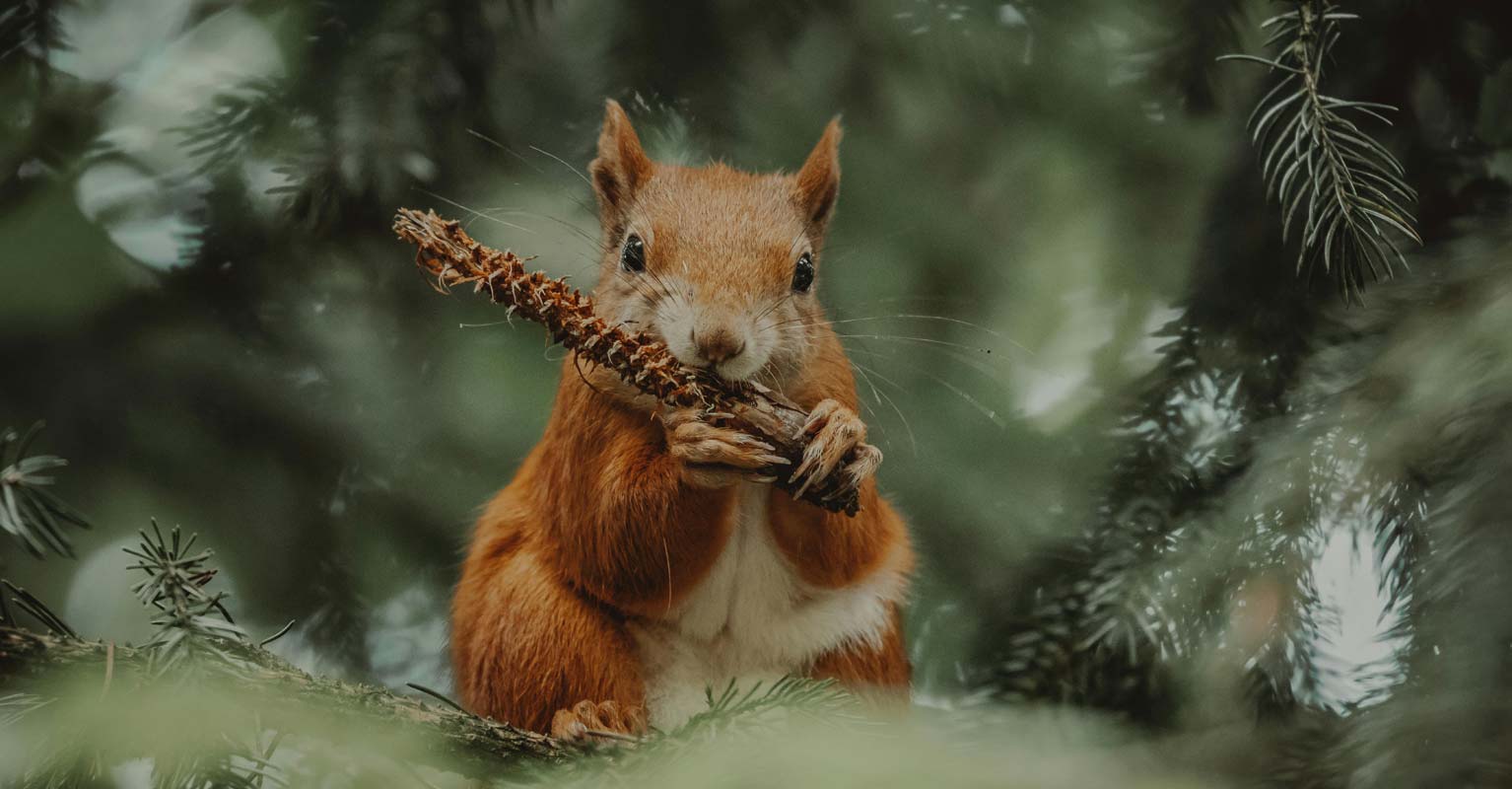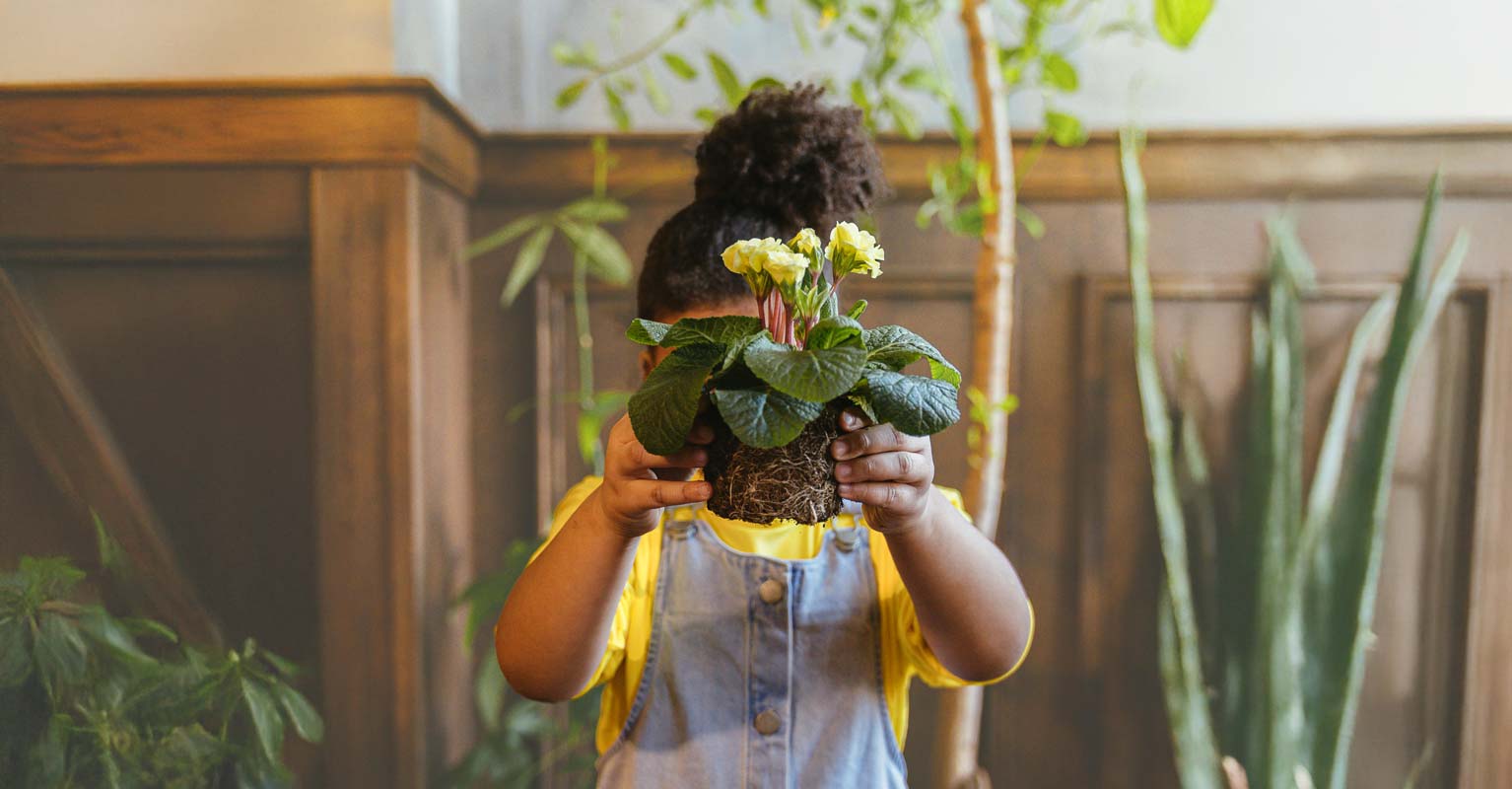Living abroad as the 1970s became the 1980s, I honed my love of local produce and comestibles. This appreciation went way beyond the homegrown tomatoes my dad had devoured in Wisconsin.
The greengrocer in Sydney, Australia, was an eye-opener. The narrow shop front overflowed with rocket, courgettes, and aubergines. I had never heard these names for arugula, zucchini, and eggplant but their colors were rich and their skins glossy. Why were there kilos of lemons to buy but no limes? Why were the peaches the juiciest I’d ever eaten? What were “bangers” and “Balmain bugs”? I was brimming with questions and fascinated by these foods.
What energy was my 30-year-old-self tapping into that felt so real and wise? Myriad discoveries, from pimenton to chayote to guanabana in four different countries, compelled me to make pineapple pies, beans and rice, and hibiscus tea. Still, it wasn’t until I met the machete man on a dusty corner in the Dominican Republic that I began to truly understand. On every day and at every stoplight, men in the Dominican Republic would hold up their produce in the palms of their hands. A pyramid of avocados, pineapples, or a long string bag of limones (key limes) would cost a few pesos and be tossed in the backseat just as the traffic light turned.
The machete man took this process to the next level. He sat on a rickety chair with what looked like a massive white femur extending from his elbow to his palm. The car in front of me had stopped, and its driver issued a request. As I watched, the machete man expertly thwacked a chunk, bagged it, and tossed it into the back of the car. When I approached I learned that the bone-like visage was a heart of palm. A heart of palm? I was awed, bought a half-kilo, and pondered what to do with it. The memory of how I used it escapes me, though I probably steamed it and tossed it in a vinaigrette to bring a fresh twist to the canned version.

More importantly, witnessing the machete man clarified to me the profound-yet-simple, creative process of life. Hearts of palm from the can was all I knew—I never thought beyond those few pale fingers in brine. Seeing his lined face, and his sinewy arm extended, I could imagine the machete man or his relative planting the palm tree, cutting it down, and slitting it open to extract the heart. I could see the machete man slogging through the early-morning streets to set up on a corner and keep his precious palm heart cool and fresh. I understood on a visceral and profound level that the symbiotic exchanges between grower, what is grown, and a final product are the story of life.
Now, living in the Treasure State, I witness young professionals choosing the land over an office. Whether they’re growing flowers or heirloom tomatoes, producing cheese, or buying land and a bison herd, their creative energy flows from intention to creation while respecting and improving the environment. The conscious consumer, at the end of this energetic chain, is the lucky beneficiary of products in their peak form—full of beauty, flavor, and nutrients to support, strengthen, and heal




